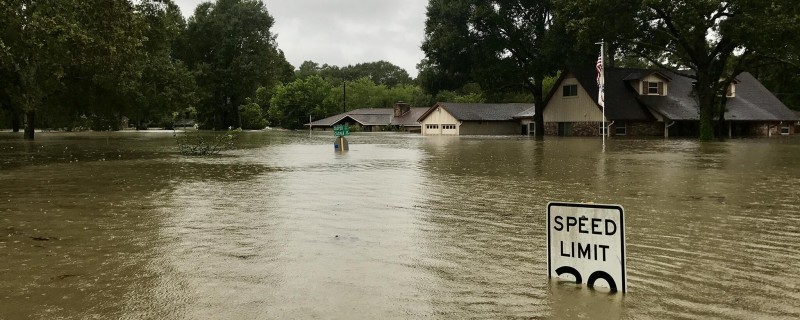
Floods are natural disasters that can have devastating effects on communities, causing loss of life, damaging infrastructure, and disrupting economies. While it is impossible to completely eliminate the risk of flooding, proactive measures can be taken to mitigate their impact and prevent or minimize future occurrences. Flood prevention requires a comprehensive and multi-faceted approach that combines effective land use planning, infrastructure development, and community engagement. By implementing strategies such as land use zoning, improved drainage systems, floodplain management, construction of flood barriers, early warning systems, and international collaboration, communities can build resilience and reduce the devastating impacts of floods. It is crucial to prioritize flood prevention and invest in long-term solutions to protect lives, safeguard infrastructure, and ensure a sustainable and resilient future.
also read - Dengue Precautions: If you adopt these habits, you will not fall into the grip of dengue
Urban Exploration: Discovering the Hidden Gems of Bustling Metropolises
One of the key strategies for flood prevention is effective land use planning. This involves identifying flood-prone areas and implementing appropriate zoning regulations to restrict development in high-risk zones. By preserving natural floodplains, wetlands, and green spaces, the capacity for water absorption is increased, reducing the intensity and impact of floods. Additionally, avoiding construction in flood-prone areas helps prevent the destruction of property and reduces the need for costly evacuation and rescue efforts.
Developing and maintaining efficient drainage systems is crucial for flood prevention. This includes constructing and maintaining stormwater drains, culverts, and retention ponds to effectively manage excessive rainfall. Regular inspection and maintenance of these systems are essential to ensure their proper functioning. Investing in green infrastructure, such as permeable pavements and green roofs, can also help absorb and manage stormwater runoff, reducing the risk of flooding.
Managing and restoring floodplains is an effective approach to flood prevention. By preserving and restoring natural floodplains, their ability to store water during heavy rainfall events is enhanced. This reduces the volume and speed of floodwaters downstream, protecting vulnerable communities. Additionally, floodplain restoration projects can involve the removal of structures and levees that obstruct natural water flow, allowing rivers and streams to follow their natural course.
Constructing flood barriers and dams can provide protection against floods, particularly in areas prone to riverine or coastal flooding. These structures help regulate water levels during heavy rainfall or storm surges, preventing inundation of nearby communities. Proper design, maintenance, and regular inspections are essential to ensure their effectiveness and safety. However, it is important to consider potential environmental impacts and ensure proper community engagement in the planning and implementation process.
Developing robust early warning systems and emergency preparedness plans is crucial for minimizing the impacts of floods. By utilizing advanced weather monitoring technologies and establishing effective communication channels, communities can receive timely and accurate flood alerts, allowing them to take necessary precautions and evacuate if required. Community education and awareness programs are essential to ensure that residents understand the risks, know how to respond, and have access to emergency resources.
Flood prevention requires collaboration and coordination at various levels, including local, national, and international. Sharing knowledge, experiences, and best practices among countries and regions prone to flooding can help improve flood prevention strategies. Integration of flood prevention measures into urban planning policies, infrastructure development projects, and climate change adaptation strategies is vital for long-term resilience.
also read - Mountain Getaways: Escaping to Breathtaking Peaks and Alpine Landscapes